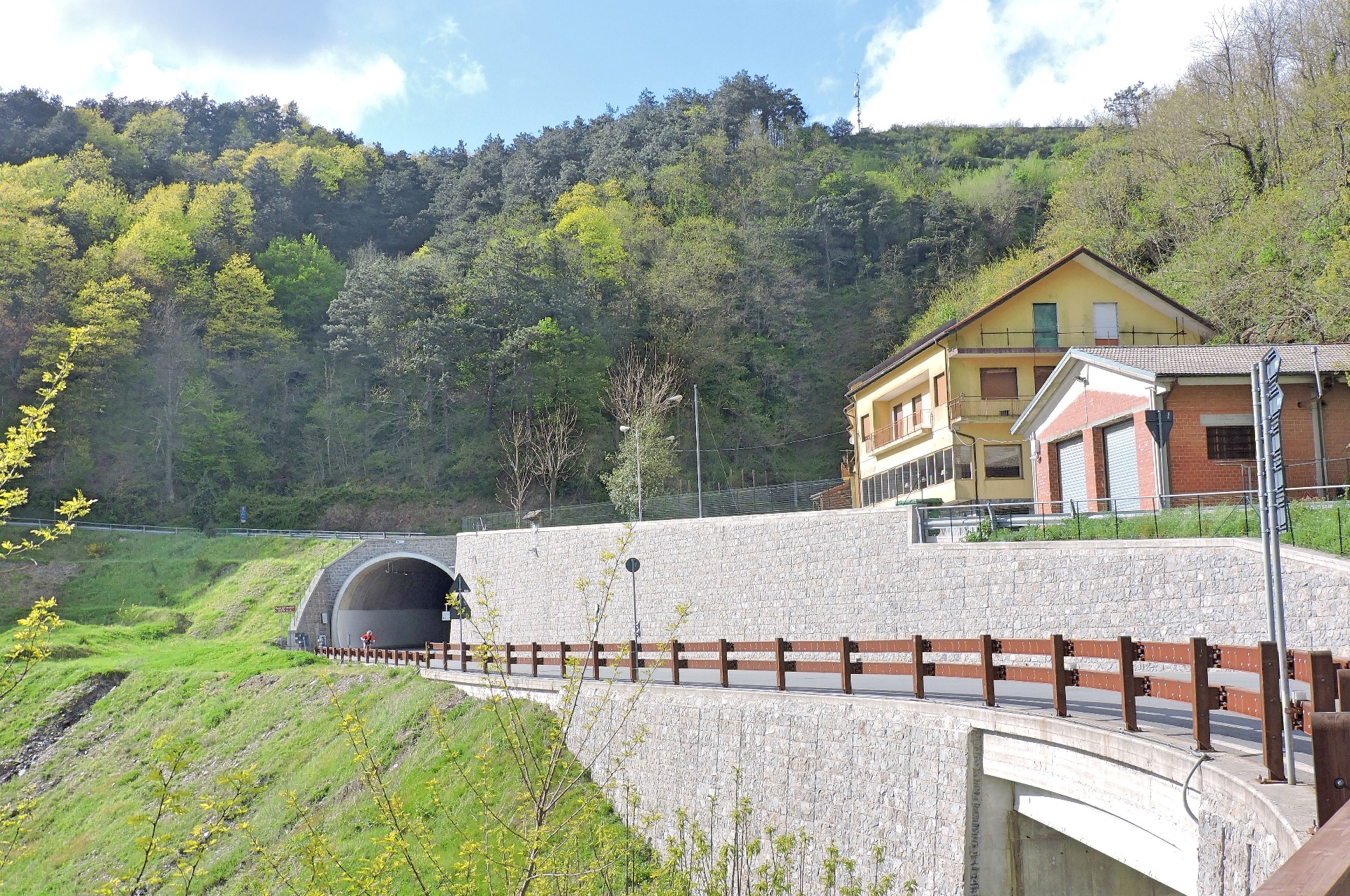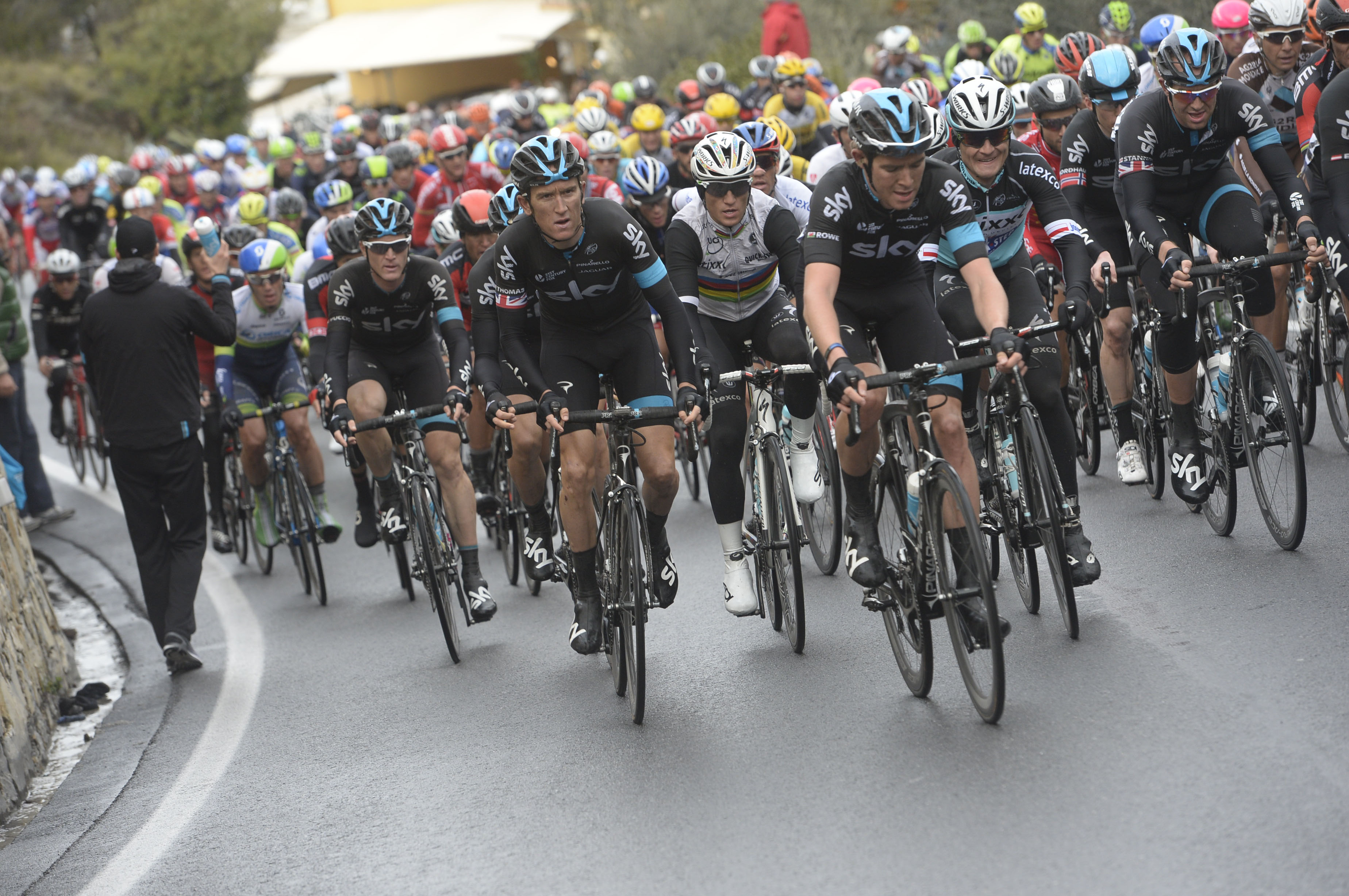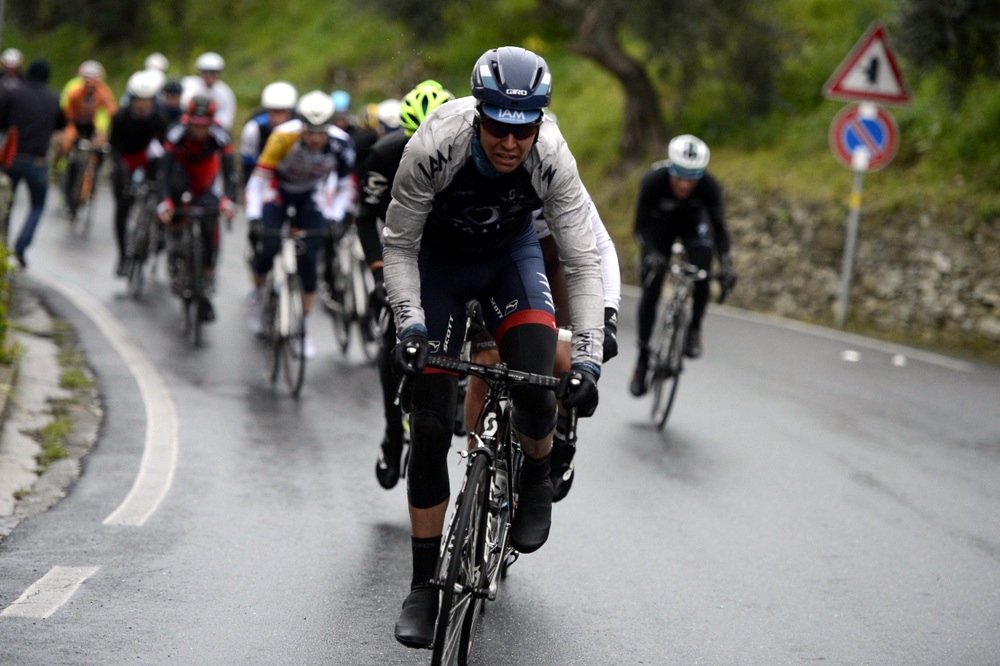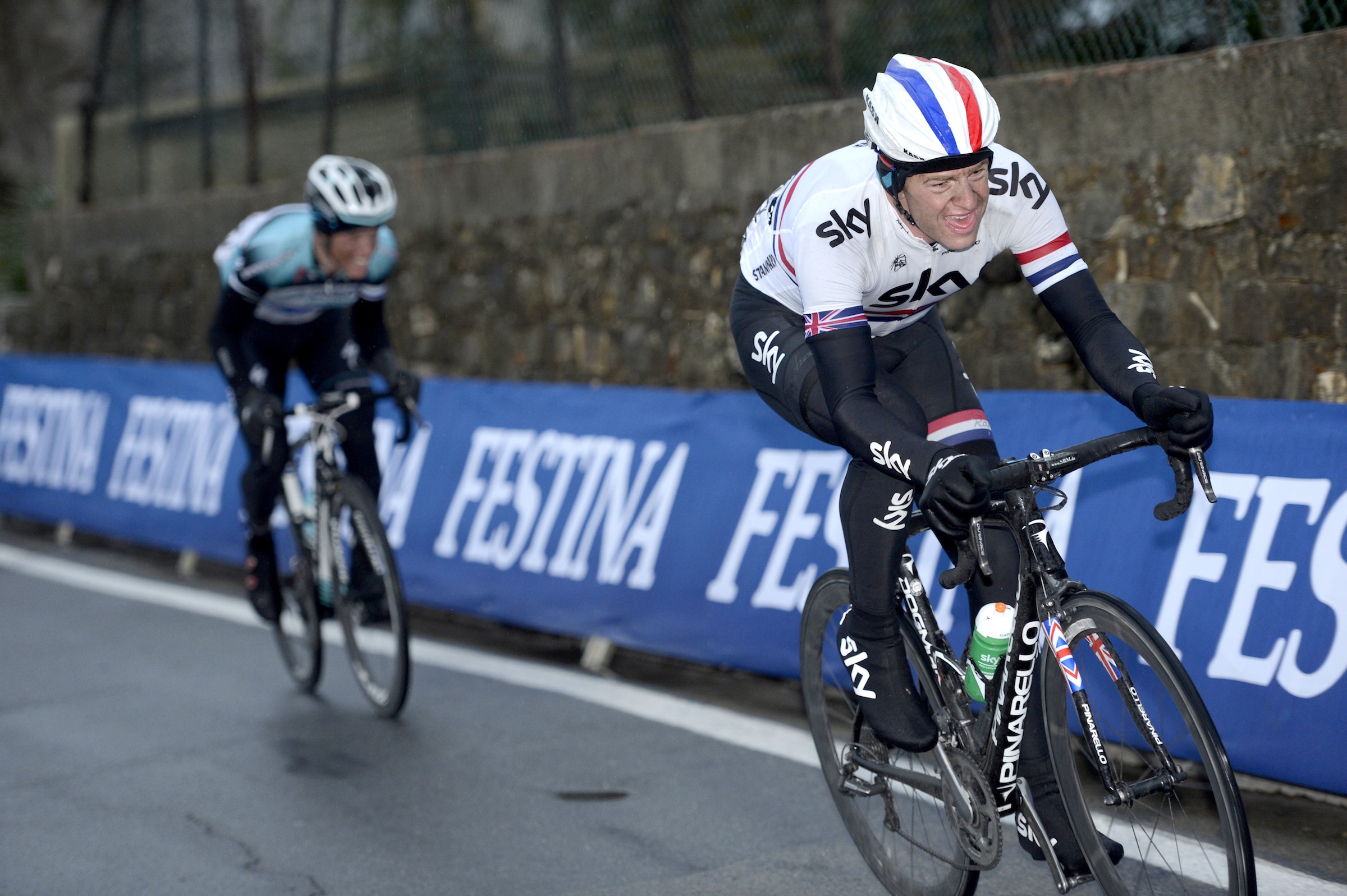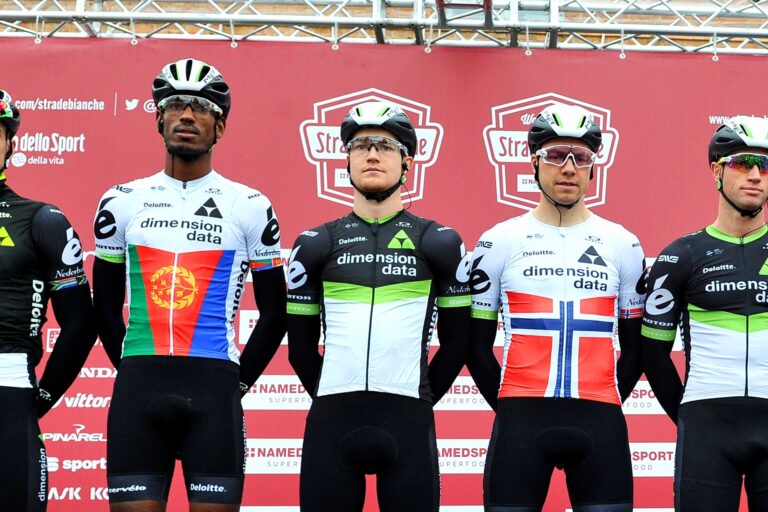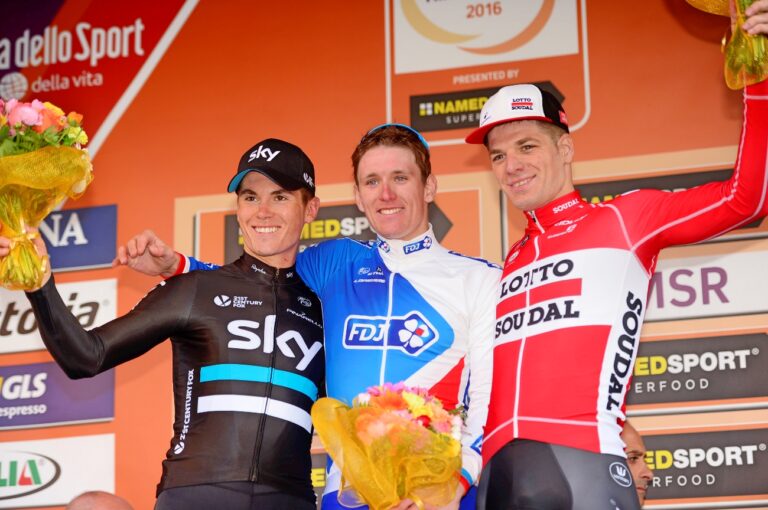While it’s widely regarded as being the sprinter’s classic, Milan-San Remo is not without its difficulties – the distance, the increased chance of cold, inclement weather and, of course, it’s climbs.
Offering the platforms for attacking, sorting the wheat from the chaff, and forcing the race-defining selection, the current route features four key climbing tests in all.
– Milan-San Remo 2017: eight riders who could win La Primavera –
The Passo del Turchino comes first, followed by the Tre Capi (Capo Mele, Capo Cervo and Capo Berta) and then the famous run-in to San Remo, via the Cipressa and finally the Poggio.

Each will play a key part in Saturday’s race, be it putting the also-rans in trouble or laying the foundations for a first solo winner since Fabian Cancellara in 2008.
– Milan-San Remo 2017: TV schedule –
Let’s take a closer look at Milan-San Remo’s key climbs…

